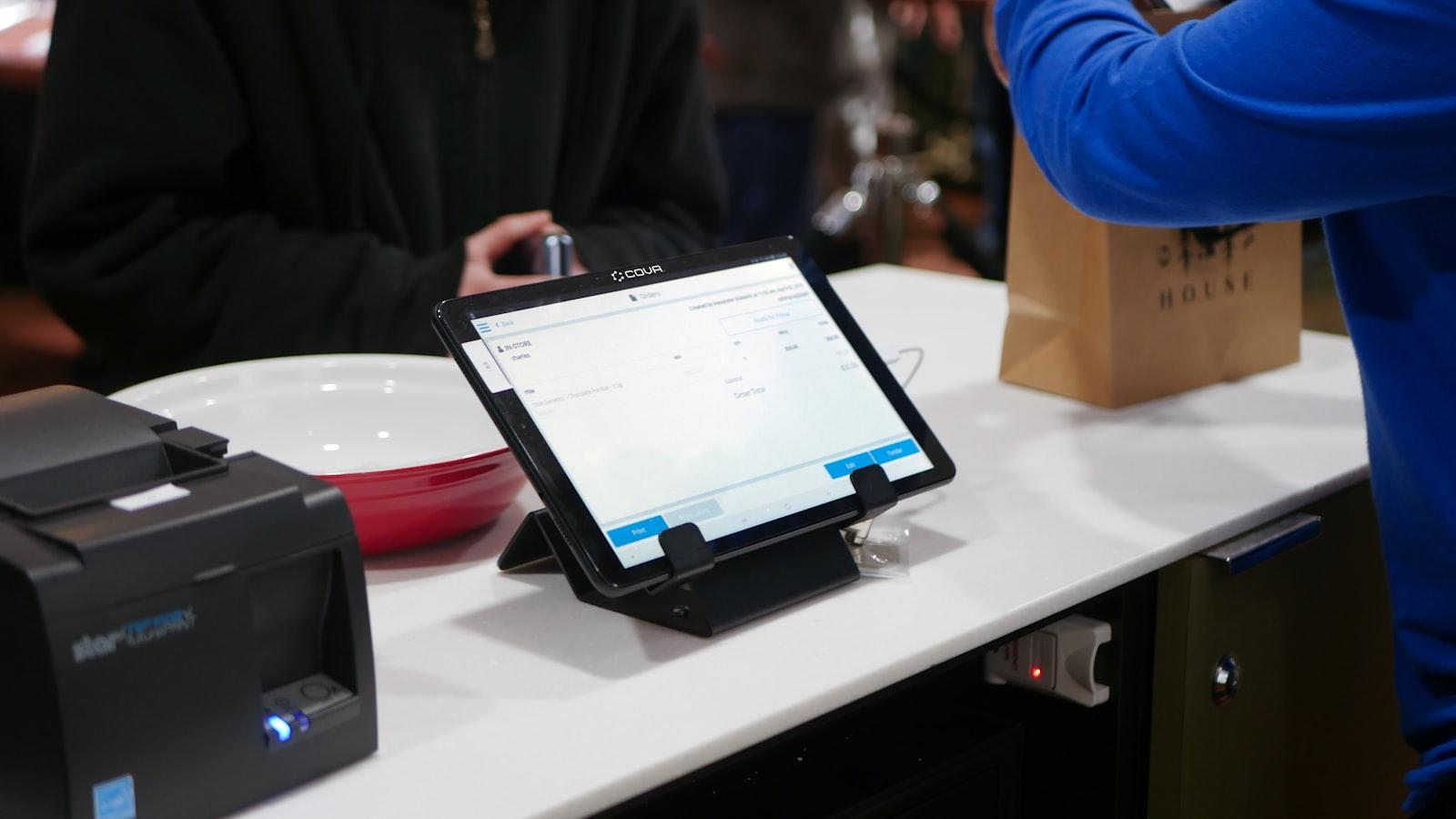At the intersection of technology and commerce lies the world of Point of Sale Information (POS) – the silent conductor orchestrating the symphony of logistics, transport, and shipping. In this article, we will delve into the intricate web of processes and systems that ensure products seamlessly navigate from supplier to consumer through the power of POS. Join us on a journey through the digital highway where data reigns supreme and efficiency is key in the world of POS logistics, transport, and shipping.
Understanding the Role of POS in Logistics
Point of Sale Information (POS) plays a crucial role in the logistics industry, particularly in the areas of transport and shipping. POS systems are used to track sales, inventory, and customer data, which can provide valuable insights for logistics planning and operations. By leveraging POS data, logistics companies can optimize their supply chain, streamline shipping processes, and improve overall efficiency.
One key aspect of using POS in logistics is real-time tracking and monitoring. With POS systems, logistics managers can access up-to-date information on inventory levels, sales trends, and order status. This real-time visibility allows for better decision-making, such as adjusting shipping routes based on demand patterns or rerouting shipments to avoid delays. Additionally, POS data can help logistics companies forecast demand more accurately, leading to reduced stockouts and improved customer satisfaction.

Challenges in Transporting POS Materials
When it comes to transporting Point of Sale (POS) materials, there are several challenges that companies may face. One common issue is the fragility of the materials, such as posters, banners, and displays, which can easily get damaged during transit. Ensuring that these materials arrive at their destination in pristine condition can be a logistical nightmare.
Another challenge is the time-sensitive nature of POS materials. With tight deadlines for promotions and campaigns, delays in shipping can have a significant impact on a company’s marketing efforts. Coordinating the delivery of POS materials to multiple locations can also be a logistical challenge, requiring careful planning and coordination. In order to overcome these challenges, companies must work closely with their logistics partners to ensure that POS materials are handled with care and delivered on time.

Optimizing Shipping Methods for POS Products
In order to optimize shipping methods for Point of Sale (POS) products, it is essential to consider various factors such as product size, weight, fragility, and destination. By understanding these key elements, businesses can choose the most suitable shipping method to ensure timely and cost-effective delivery to their customers.
One effective strategy is to utilize a combination of shipping carriers to leverage their individual strengths. For example, using a mix of national carriers for domestic shipments and regional carriers for local deliveries can help reduce shipping costs and improve delivery times. Additionally, implementing a real-time tracking system for POS products can enhance transparency and customer satisfaction. By continuously analyzing and refining shipping methods, businesses can streamline their logistics operations and provide a seamless shopping experience for their customers.

Implementing Effective POS Supply Chain Management Practices
When it comes to , it is crucial to pay close attention to logistics, transportation, and shipping. One key aspect to consider is the optimization of inventory management to ensure that products are readily available at the point of sale. This involves setting up efficient systems for tracking stock levels, predicting demand, and managing orders effectively.
Another important factor to consider is the selection of reliable transportation and shipping partners. Choosing the right logistics providers can make a significant impact on the overall efficiency of the supply chain. It is essential to work closely with these partners to ensure seamless communication and collaboration throughout the transportation process. By implementing these practices, businesses can streamline their POS supply chain management processes and improve customer satisfaction.
The Conclusion
In conclusion, Point of Sale Information (POS) plays a crucial role in the logistics, transport, and shipping industries. By providing real-time data and analytics, POS systems empower businesses to streamline their operations, enhance efficiency, and ultimately improve the customer experience. As technology continues to evolve, the potential for POS to revolutionize the way goods are transported and shipped is limitless. Stay tuned for more updates on the latest trends and innovations in POS logistics. Thank you for reading!
